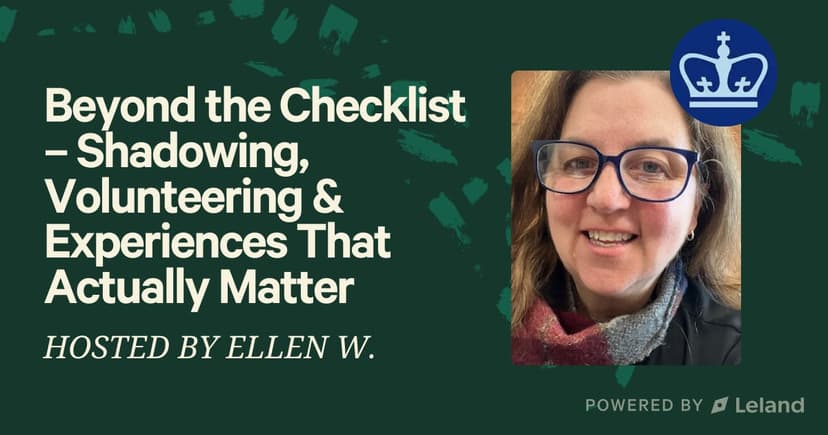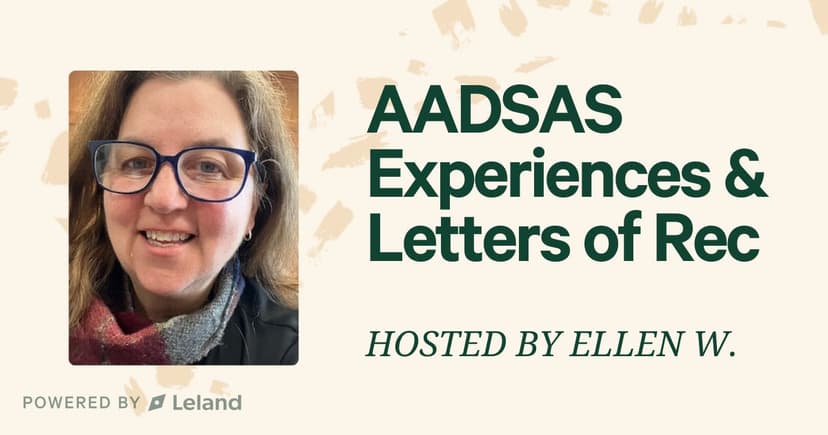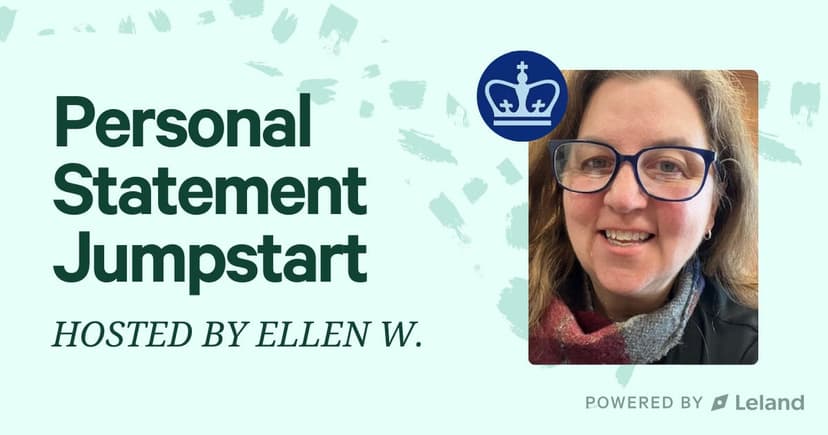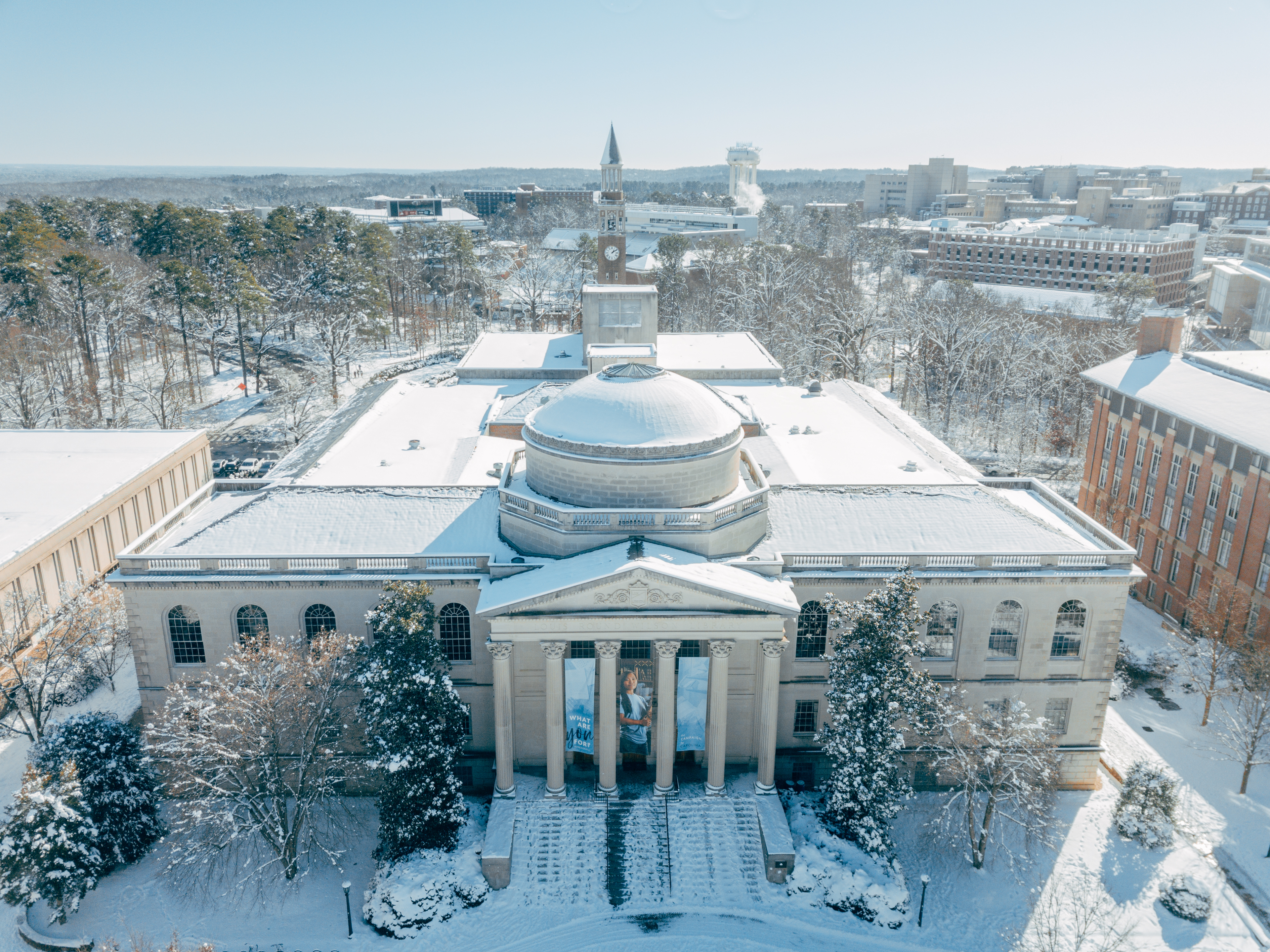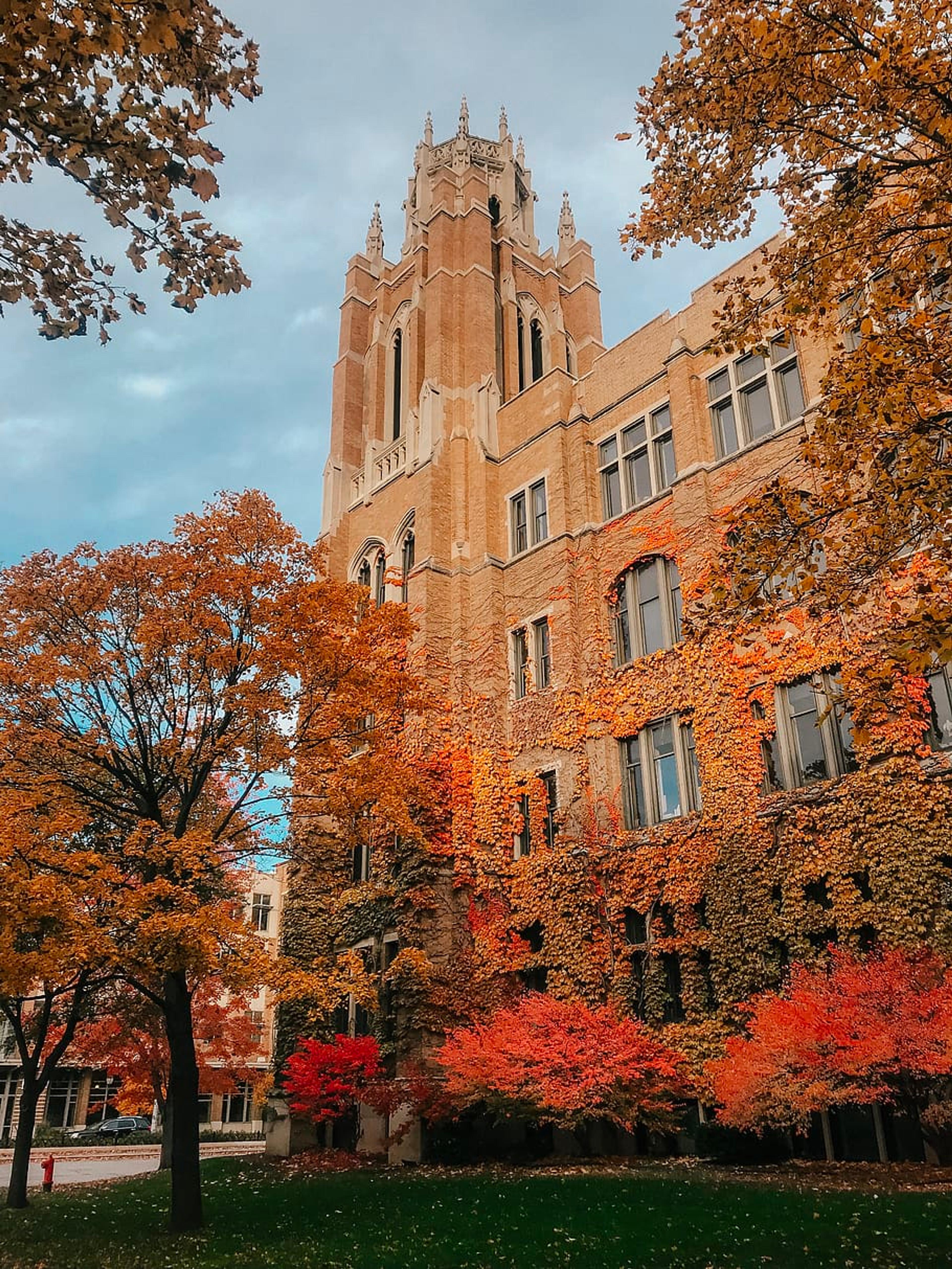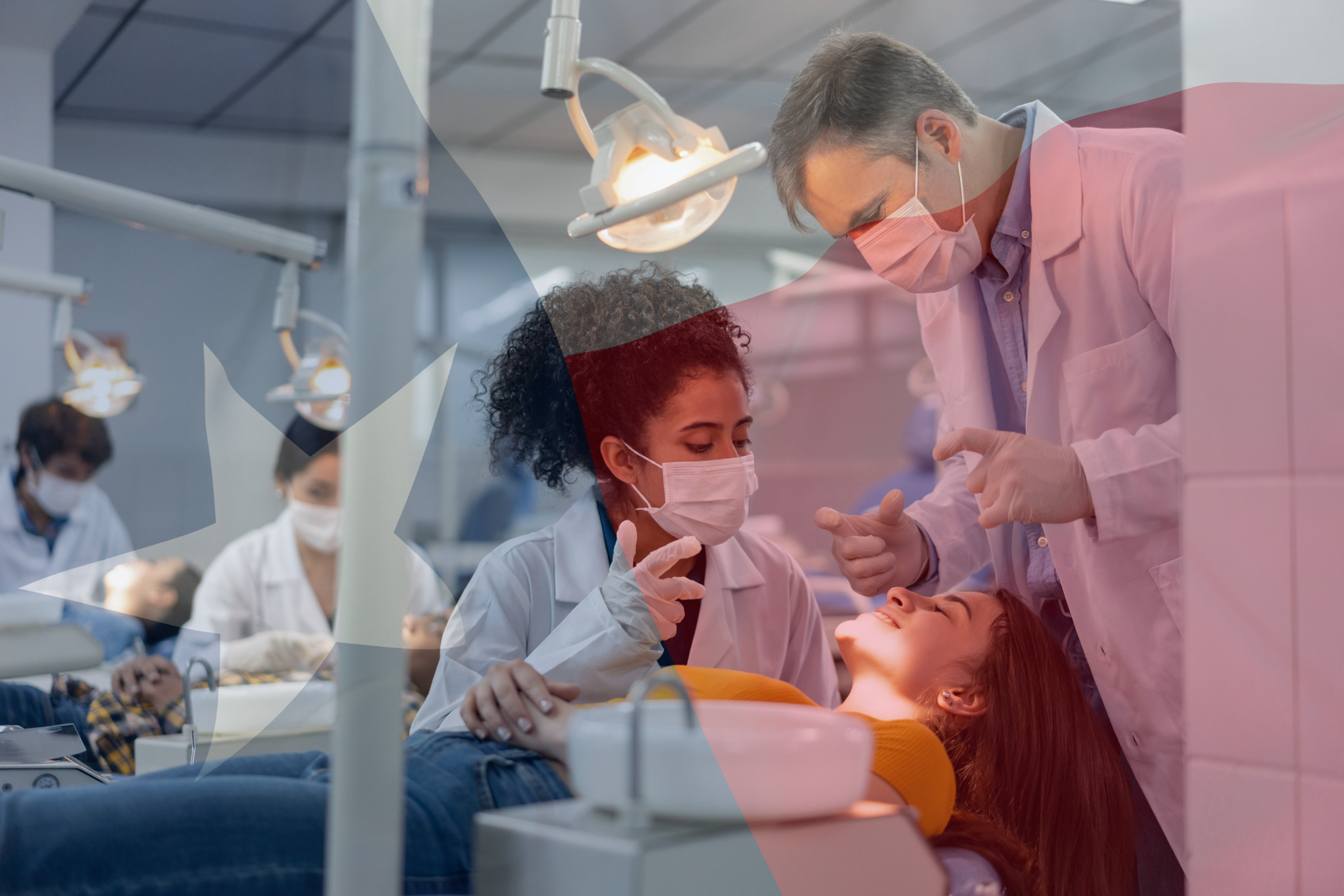Dental School Volunteer Hours: How Many You Need & How to Get Them
Dental schools want more than just hours. Discover how to get the right volunteer experience and build a standout application.
Posted June 30, 2025

Join a free event
Learn from top coaches and industry experts in live, interactive sessions you can join for free.
Table of Contents
If you’re planning to apply to dental school, volunteer hours matter -- a lot. But figuring out how many you need and what kind can get confusing fast. Don’t worry. In this guide, we’ll break it all down. You’ll learn how to get solid volunteer experience that actually helps your dental school application -- and makes a real difference.
How Many Volunteer Hours Do You Need for Dental School?
Most dental schools require about 100 volunteer hours, but a strong target is 170 to 200 hours. This range is seen as competitive across many programs. Always check the specific requirements of the schools you’re applying to, as expectations may vary.
Some dental schools may ask for community service hours, while others prioritize clinical shadowing. Volunteering consistently over time in dental, medical, or underserved settings can help your application stand out.
Note: While 100+ volunteer hours is good, a high GPA (3.6-4.0) and DAT (20-23) are more important.
What ADEA and Schools Recommend
When you apply through the ADEA AADSAS application, you can report both dental-related and community service experiences. To make your application stand out, follow these proven strategies:
- Focus on consistency over volume – Schools like ASDOH and UCSF prefer candidates who have shown long-term dedication to service. A few years of consistent volunteering is far more valuable than cramming 100 hours into a couple of months. Admissions committees want to see commitment, not just numbers.
- Diversify your volunteering experience – While dental-related volunteering is essential, schools also appreciate community service in non-dental settings. Volunteering at shelters, food banks, or youth programs can demonstrate compassion, leadership, and communication skills — all qualities valued by admissions committees.
- Document your experiences – Keep detailed records of your volunteer work. Note the organization’s name, your role, the dates you volunteered, and your specific responsibilities. This will make filling out your ADEA AADSAS application much easier and more accurate.
- Ask for letters of recommendation early – If you volunteer consistently with an organization, build relationships with mentors or supervisors who can later write strong recommendation letters. Schools love it when recommenders can vouch for your character, dedication, and impact.
- Tailor your application to school priorities – Research each school’s focus areas. If a school emphasizes community service or public health (like ASDOH), make sure your application highlights your relevant experiences. Customize your personal statement and activity descriptions to align with each school's values.
Types of Volunteer Work That Dental Schools Value
1. Clinical Volunteering (Dental-Specific)
This is the type of volunteering that shows genuine interest in the field. It gives you a front-row seat to what real dental work looks like.
- Volunteering at free dental clinics or mobile dental units
- Assisting with community oral health screenings
- Supporting public health dental outreach programs
- Working in a dental office in a non-paid, volunteer capacity
Even if you’re not a dental assistant, simply observing the workflow can be a valuable experience. Watch how dentists talk to patients. Notice how the team handles emergencies or long days. Every hour spent in this setting shows admissions committees that you're not just guessing what it’s like — you’ve seen it with your own eyes.
2. Community Service (Non-Dental)
Dental schools don’t just want smart students. They want future dentists who care about people. That’s where community service comes in.
- Tutoring underserved students
- Volunteering at shelters, food banks, or public health events
- Habitat for Humanity, Boys & Girls Club, Red Cross, etc.
- Campus or church-sponsored service trips
This type of volunteer activity proves you’re committed to serving others — even when it’s not about teeth. These extracurricular activities also show balance and character in your application process, especially when you start early (ideally before junior year).
3. Shadowing vs. Volunteering: What’s the Difference?
- Shadowing = passive observation of a dentist
- Volunteering = active service to others (clinical or non-clinical)
You should do both, but they count in different sections of your application.
Dental Volunteer Opportunities for High School Students
Can High School Students Volunteer in Dental Settings?
Yes, while clinical opportunities are more limited, many dental and healthcare organizations welcome high school volunteers, especially for non-clinical roles. Starting early shows long-term interest in the field, and it can give students a head start on understanding patient care, community health, and dental office operations.
Note: Most hands-on roles require you to be 18+, but there are still valuable ways to get involved.
Where to Look for High School Dental Volunteering
- Local dental offices: Ask if they allow high school volunteers to assist with admin work, patient intake, or sterilization prep.
- Community health clinics or FQHCs: Some clinics offer non-clinical volunteering or shadowing programs for high schoolers interested in healthcare.
- Public health events: Look for local health fairs, school dental screenings, or oral hygiene awareness events hosted by nonprofits or health departments.
- Organizations to check out:
- Give Kids A Smile (ADA Foundation)
- Remote Area Medical (RAM)
- Hospitals with dental departments (check their teen volunteer programs)
Final Thoughts: How to Make Your Volunteer Experience Stand Out
Volunteer hours aren’t just a checkbox, but they’re also your chance to show that you're more than just grades and test scores. The most competitive dental school applicants are those who have shown consistent, meaningful service in both clinical and non-clinical settings.
So start early, stay consistent, and focus on quality experiences that reflect who you are and the kind of dentist you hope to become.
Work 1:1 with a dental school admissions coach to turn your volunteer experiences into compelling application stories that highlight your impact and values.
Learn more about dental school applications and other requirements by reading these free resources below:
- The Complete Guide to the Dental School Application
- ADEA Pre-Dental Requirements
- Planning Your Dental School Applications: How Many Schools Should You Apply To? | Leland
- What Do You Learn in Dental School?
- How to Become a Dentist: Application, Degree Programs, FAQs
FAQs
How many volunteer hours do you need to be competitive for dental school?
- Most admissions committees like to see 100 to 200 hours of total volunteering. Strong applicants usually have a mix of clinical and non-clinical experience.
Is 50 hours of shadowing enough for dental school?
- Fifty observation hours is the bare minimum for some schools, but to be competitive, aim for 170+ hours across different dental settings.
How many hours is a good amount of volunteer hours?
- A good range is 150 to 250 total hours. Some applicants get in with fewer hours, but having more shows commitment and consistency.
What counts as clinical hours for dental school?
- Any unpaid work in a dental environment can count, like volunteering at a dental clinic, helping at public screenings, or working in a dental office.
What type of volunteering is best for dental school?
- A combination works best. Do both clinical volunteering and community service. This balance helps you stand out in the dental school application process.
How do you get shadowing hours for dental school?
- Ask local dentists directly. Email them or walk into their office politely. Many require volunteers and are happy to help students who want to pursue dentistry.
How many volunteer hours look good on a college application?
- For undergrad, even 50–100 hours can make an impact. But for dental school, shoot for 150+ hours to build a strong case.
Browse hundreds of expert coaches
Leland coaches have helped thousands of people achieve their goals. A dedicated mentor can make all the difference.
